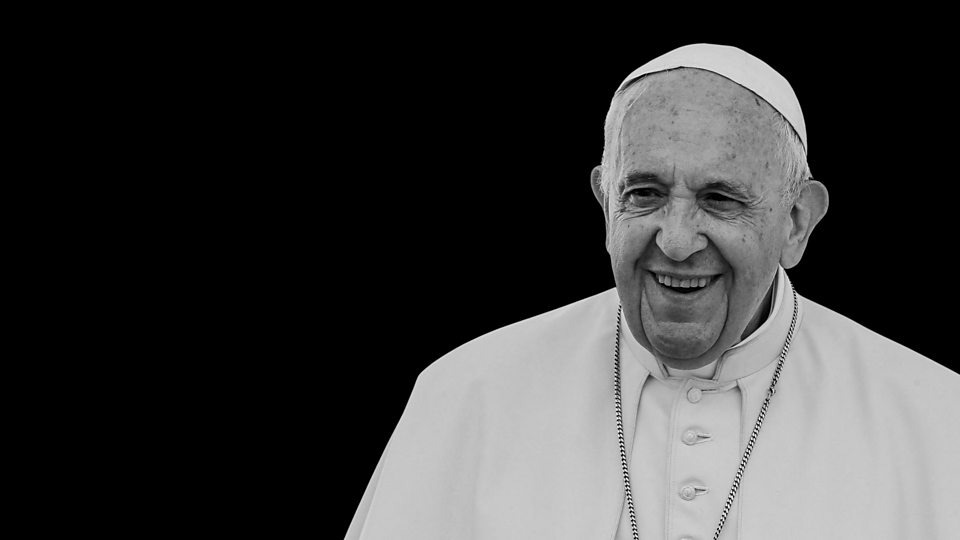The Vatican awoke to a somber morning as Cardinal Kevin Farrell, Camerlengo of the Apostolic Chamber, announced the passing of Pope Francis, the beloved Bishop of Rome.
Jorge Mario Bergoglio, known globally as Pope Francis, spent the last stretch of his life under medical care after battling pneumonia and bronchitis. He had returned to his residence at Casa Santa Marta in January after a prolonged hospitalization but never fully recovered.
His health struggles were not new. The Argentine-born pontiff had lived with the lasting effects of a lung surgery from his youth, a condition that followed him throughout his papacy. Despite these setbacks, he maintained a rigorous schedule well into his late 80s, driven by his pastoral heart and desire to be close to the people.
Pope Francis wrote a legacy
Under Pope Francis’ leadership, the Church saw a transformative shift—toward inclusivity, simplicity, and justice. He championed the causes of the poor, climate action, interfaith dialogue, and healing in a fractured world. His papacy was not without challenges, but his moral clarity and radical empathy earned him admiration across all faiths and backgrounds.
In one of his final decisions, Pope Francis approved a revised version of the Ordo Exsequiarum Romani Pontificis, the Vatican’s official funeral liturgy guide for popes. True to his nature, he requested simplified rites, emphasizing faith over fanfare. “The Pope is a pastor,” said Archbishop Diego Ravelli, “not a figure of worldly power.”
His death triggers a period of mourning, followed by preparations for the conclave to elect his successor. Funeral details remain pending, but one thing is clear: the ceremonies will reflect his spirit—solemn, spiritual, and rooted in the hope of resurrection.
Also, see:
Pakistani Umrah pilgrims lose lives in tragic road accident in Saudi Arabia
Topics #featured #Pakistan #trending pakistan




